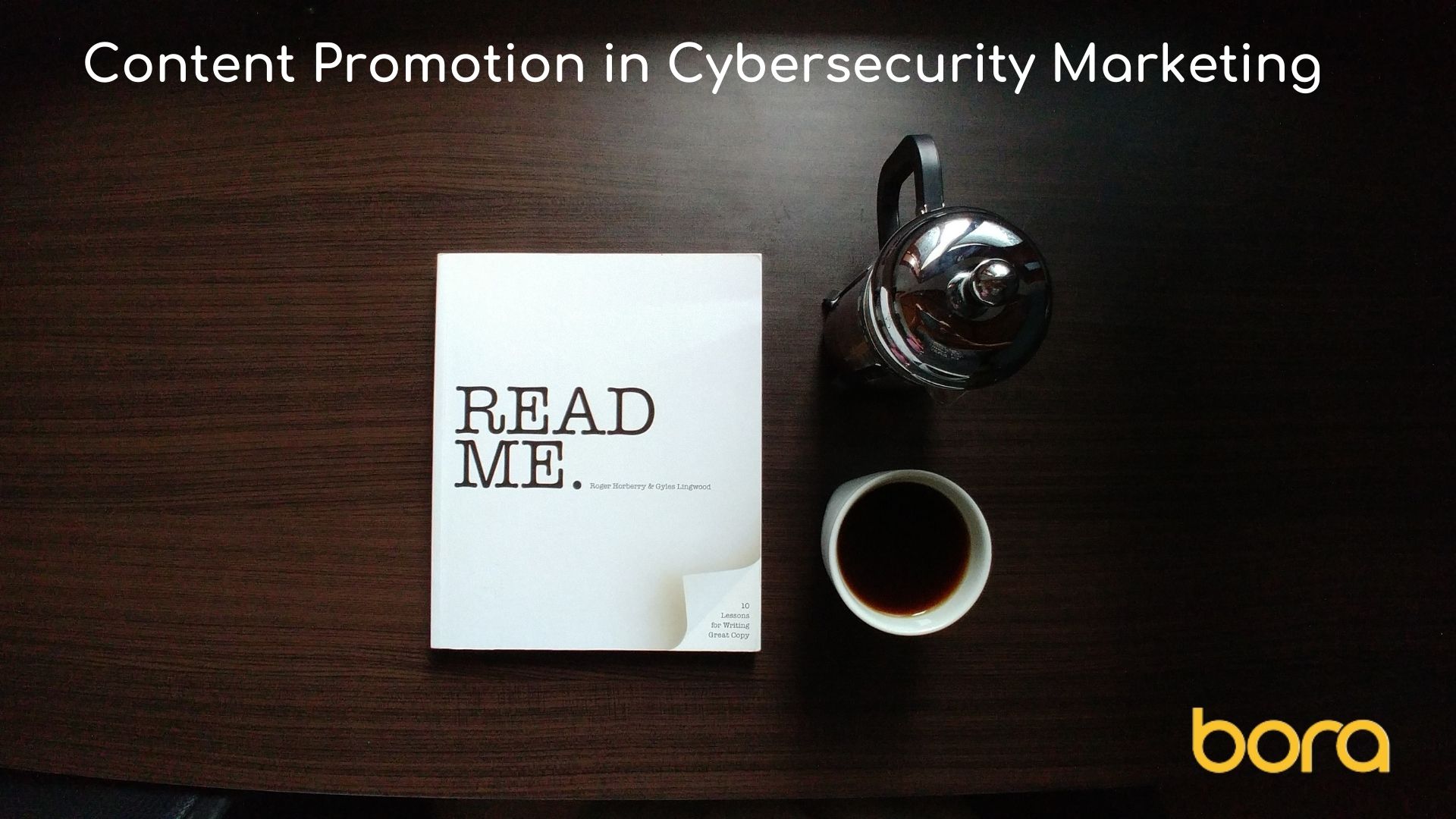Cybersecurity is Essential for Future of Businesses
The cybersecurity industry has seen immense growth in recent years, particularly due to the attention and coverage of cyber attacks in the mainstream media. There is also no indication this trend is going to change anytime soon. That, of course, entails a lot of new talent being hired in the industry. From the first-line workforce such as developers, researchers, and programmers to people who facilitate the processes vital to the function of any business – HR personnel, accountants, sales reps, and last but not least – marketers.
Obstacles in Cybersecurity Marketing
There are several hurdles for cybersecurity marketers, however, that not all industries share. To start with, many businesses do not put sufficient emphasis on cybersecurity in general. A lot of potential customers first need to be educated on the topic to understand the relevance of investing in it and the far-reaching consequences of failing to do so. And to top it up, the market is currently flooded with cybersecurity startups – According to VentureBeat, cybersecurity startups raised a “record-shattering” $29.5 billion in venture capital last year, more than doubling the $12 billion raised in 2020 and outpacing the two previous years combined. With all that in mind, let’s take a look together at some tactics that can help you get your content the audience it deserves!
Educate Your Audience
This approach to content promotion is widely recognized to be a reliable method of attracting customers in cybersecurity. Instead of assuming the customers already know enough to make an informed decision, you should seek to bring the facts in front of them in a comprehensible manner. The sheer amount of solutions available to businesses often means that even professionals don’t know every nook and cranny of every product on the market. But beware – if you are not providing actual intelligence and instead you promote the product overtly, 51% of IT decision-makers abandon content that looks too promotional.
Diversify Distribution Channels and Content
While social media and product demos/reviews continue to be a major source of traffic and leadgeneration, the research has shown that long-form interviews such as podcasts and webcasts attract a number of qualified leads. YouTube has seen an increase in popularity among the target audience, as well. Downloadables tend to be a mixed bag – less than a half of them were rated as a positive contribution to the topic but those that addressed the issue the right way were widely circulated. That creates a high risk, high reward outcome profile.
Fearmongering Is Not a Viable Strategy
As tempting as it may be for you to come up with a catchy doomsday headline to get quick views, it has been proven that while generating traffic with this approach is relatively easy, this traffic is very hard to then turn into revenue. There are several reasons why that is the case.
- Each time the readers see another fearmongering post, they get a little desensitized to the content of that type. Furthermore, an overt amount of these posts can cause them to space the content completely.
- For every major breach, you will find dozens or even hundreds of articles going through what happened. That’s not to say you should ignore breaches completely but if you have nothing new to contribute, consider creating something that differentiates you from the crowd instead.
- Only the big breaches usually make the news, which inaccurately represents the proportion of targets being hit in reality. Around 43% of all targets are in fact small and medium businesses. And owners of these businesses may get the impression that although breaches are happening every day, it’s highly unlikely someone would target their business.
Final Thoughts
These are just a few tips aimed to improve your chances when working in cybersecurity marketing. If you’re interested in learning more, try reading 3 Best Practices for Strategic Cybersecurity Content Marketing or Leveraging Social Media Marketing in the Cybersecurity Industry.



